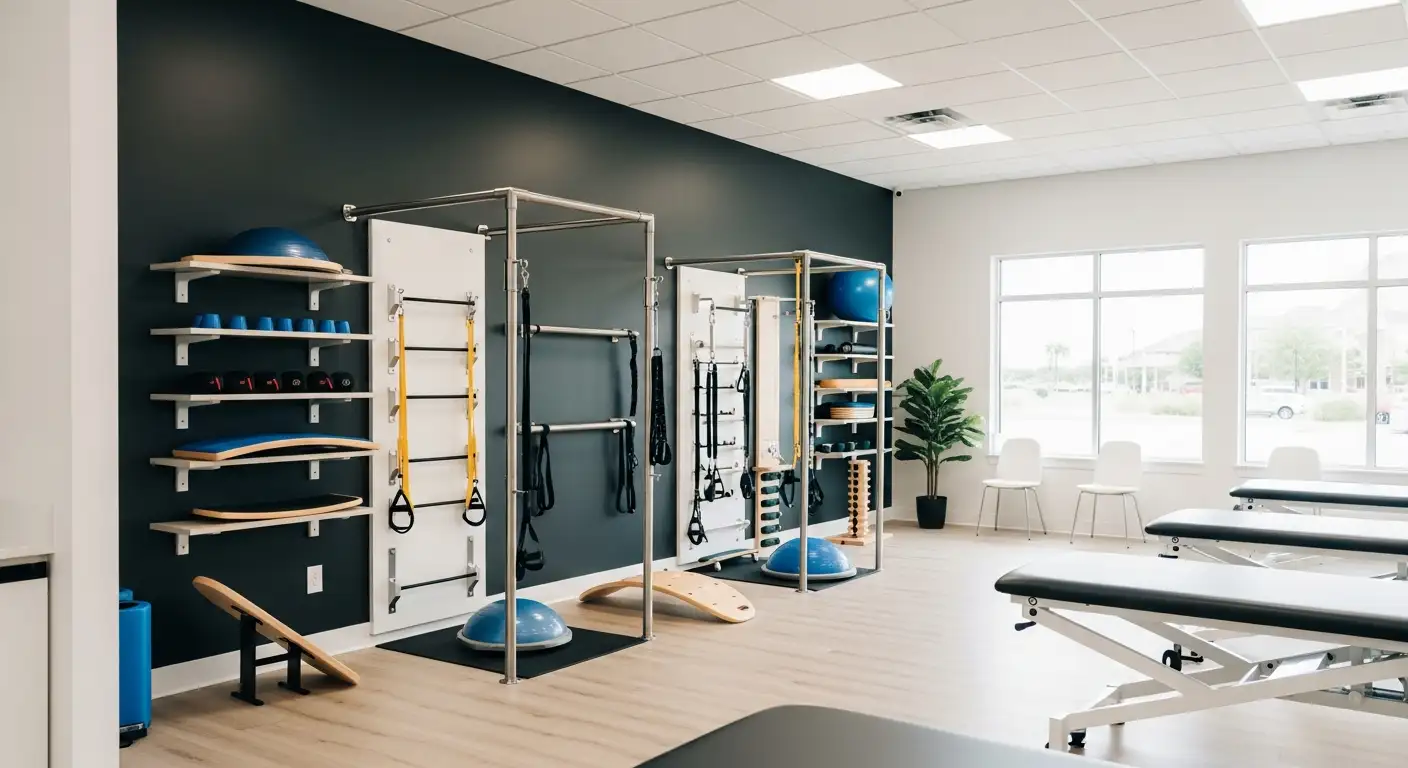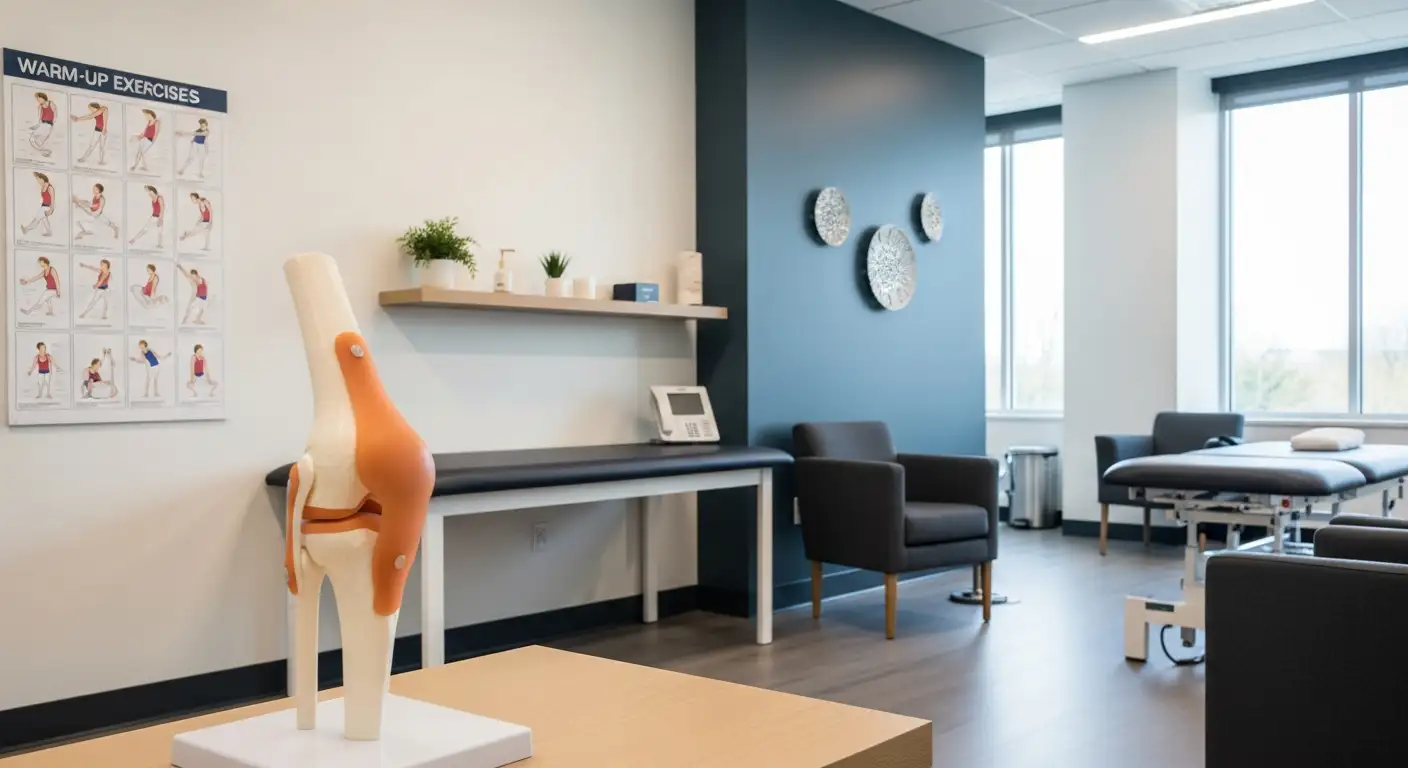Understanding Knee Replacement Surgery
Knee replacement surgery, also known as knee arthroplasty, is a common procedure performed to relieve severe knee pain and disability due to arthritis or injury. The surgery involves removing damaged bone and cartilage from the knee joint and replacing them with artificial parts made of metal or plastic. The surgery aims to improve the quality of life by alleviating pain, enhancing mobility, and improving the overall function of the knee. Understanding the procedure and its types can help in anticipating the knee replacement recovery period.

Overview of Knee Replacement
Knee replacement surgery is typically considered after non-surgical treatments like medications, physical therapy, and the use of walking aids have failed to alleviate pain and improve mobility. Individuals who opt for this surgery often suffer from severe osteoarthritis or have experienced significant knee trauma.
The procedure is performed under anesthesia and typically takes about 1 to 2 hours. Following surgery, patients typically spend 3-5 days in the hospital, depending on their individual progress and health status Healthline.
The recovery period after knee replacement surgery typically lasts around 12 weeks but can vary depending on individual health factors and the progress of physical therapy Prep Performance Center. It typically takes around 3 to 6 months for patients to fully recover, regaining strength, balance, and range of motion in the knee Arthritis Health.
Types of Knee Replacement Procedures
There are two main types of knee replacement procedures:
- Total Knee Replacement (TKR): This is the most common procedure. It involves replacing the entire knee joint. The total knee replacement recovery period typically involves staying in the hospital for a few days after surgery, followed by leaving with a walker or crutches and then transitioning to a cane. Physical therapy is required to regain strength and function, with full recovery possibly taking up to a year Verywell Health.
- Partial Knee Replacement (PKR): Also known as unicompartmental knee arthroplasty, this procedure is suitable for people whose damage is limited to a specific part of the knee. Since it involves a smaller incision and less bone removal, the recovery period for a partial knee replacement is generally shorter than that of a total knee replacement.
The type of knee replacement procedure performed depends on the extent of the knee damage, the patient's overall health, age, and lifestyle. Your surgeon will discuss the most suitable procedure for you based on these factors.
Post-Operative Experience
The post-operative experience varies among individuals who undergo knee replacement surgery. Key aspects of this phase include the immediate aftermath of the operation and the strategies employed to manage pain.
Immediate Aftermath of Surgery
Immediately following total knee replacement surgery, patients typically spend 3-5 days in the hospital depending on their individual progress and health status. During this time, physical therapy generally begins within one to two days post-surgery to help restore knee mobility and strength.
Walking with the aid of a cane or a walker usually becomes possible only a few days after the operation. However, extra support might be necessary for daily activities, and preparing the home environment before surgery can greatly aid in the recovery process [2].
After being discharged from the hospital, patients continue physical therapy as an outpatient for several weeks to months. The ultimate goal is to increase knee function and reduce pain over the course of the knee replacement recovery period.
Pain Management Strategies
Pain, especially in the initial weeks of recovery, is a common experience after surgery. To manage this pain, prescription pain medications, over-the-counter NSAIDs (Non-Steroidal Anti-Inflammatory Drugs), and acetaminophen are typically suggested [2].
In addition to medication, other activities can help manage swelling and pain post-surgery. These include elevating the leg, using ice packs or frozen gel packs, and performing muscle pumping exercises at least three times a day. Swelling in the leg and foot is a common post-operative occurrence but should gradually decrease with proper care [3].
The post-operative phase following a knee replacement surgery is a crucial time that requires careful management of pain and commitment to physical therapy. By adhering to a prescribed exercise regimen and following pain management strategies, patients can enhance their recovery and work towards regaining strength and mobility.
Rehabilitation and Physical Therapy
Rehabilitation and physical therapy play a vital role in the recovery period following knee replacement surgery. They set the path for restoring knee mobility, strength, and function, significantly impacting the overall knee replacement recovery period.
Role of Physical Therapy in Recovery
Physical therapy generally commences within one to two days post-surgery, even during the hospital stay, which typically extends for about 3-5 days depending on individual progress and health status. This immediate initiation of physical therapy is pivotal in helping restore knee mobility and strength.
It does not end at the hospital, though. Patients carry on with outpatient physical therapy for several weeks to months after being discharged from the hospital. The primary aim is to enhance knee function and reduce pain, thereby aiding in faster recovery.
Essential Exercises for Recovery
Post-surgery, patients are encouraged to begin exercises immediately to expedite recovery. The home exercise program after surgery consists of leg strengthening exercises, which are crucial for regaining strength and getting back to enjoyable activities.
The recommended exercises include:
- Ankle pumps and circles
- Thigh squeezes
- Leg slides
- Straight leg raises
- Lying kicks
- Heel slides
- Sitting kicks
These exercises help strengthen the leg muscles and improve the range of motion.
In addition to these, stretching exercises, such as knee straightening stretch and knee bending stretch, are recommended multiple times a day. These exercises enhance flexibility and improve knee bending and straightening post-surgery.
Apart from these exercises, walking is a critical part of the recovery process. Walking helps build strength and endurance. Individuals should aim to walk at least five times a day, alongside the prescribed exercise program.
In conclusion, physical therapy and rehabilitation exercises are fundamental components of the knee replacement recovery period. They contribute significantly to the individual's ability to regain mobility, function, and quality of life after knee replacement surgery.
Timeline of Knee Replacement Recovery
Understanding the timeline of recovery after knee replacement surgery is essential for managing expectations and facilitating a smooth healing process. This section will outline the early recovery milestones and long-term recovery expectations.
Early Recovery Milestones
After undergoing total knee replacement surgery, patients typically spend 3-5 days in the hospital, depending on their individual progress and health status [1]. Physical therapy generally begins within the first two days of surgery to restore knee mobility and strength, and continues as an outpatient therapy for several weeks to months after being discharged from the hospital.

By the sixth week after surgery, many patients can expect to bend their knees at least 90 degrees, making daily activities easier. Most individuals can also anticipate resuming driving within 4 to 6 weeks following surgery, once they are off prescription painkillers and no longer experiencing significant pain or swelling.
Long-Term Recovery Expectations
While full recovery from knee replacement surgery can take up to a year, most people experience significant improvement in knee function within the first three months. Many people can expect to return to work within 4 to 8 weeks following knee replacement surgery, depending on the type of job and its physical requirements [5].

Patients undergoing minimally invasive knee replacement surgery may experience a shorter recovery period, as initial studies suggest that recovery may be quicker and less painful compared to traditional knee replacement surgery. It typically takes around 3 to 6 months for patients to fully recover from knee replacement surgery, regaining strength, balance, and range of motion in the knee.
Please note that the knee replacement recovery period can vary among individuals depending on various factors including the patient's overall health, the success of the surgical procedure, and the effectiveness of post-operative care and physical therapy [4]. Always consult with your healthcare provider for personalized advice regarding your recovery timeline.
Factors Influencing Recovery Period
The recovery period following knee replacement surgery varies from person to person. There are many factors that can influence how long it takes for an individual to recover, including personal health factors and various surgical and post-operative aspects.
Personal Health Factors
Personal health factors are integral to the knee replacement recovery period. The patient's overall health and fitness levels, age, body weight, and presence of any co-morbid conditions like diabetes or heart disease can significantly impact the recovery timeline. For instance, patients who are in good physical condition prior to the surgery generally tend to have a smoother and quicker recovery compared to those who are not.
It's also important to note that a patient's commitment to their rehabilitation program plays a crucial role in their recovery. Physical therapy is an essential part of the recovery process, and patients are encouraged to start exercises immediately after surgery to speed up recovery.
Surgical and Post-Operative Factors
The type of knee replacement surgery performed can also influence the recovery period. For example, patients undergoing a minimally invasive knee replacement surgery may experience a shorter recovery period, as initial studies suggest that recovery may be quicker and have less pain compared to traditional knee replacement surgery [5].
Post-operative care is another key factor that can impact the knee replacement recovery period. The management of pain and swelling, the use of assistive devices for mobility, and the adherence to a dedicated physical therapy regimen all contribute to the overall recovery process.
The majority of individuals can expect to resume driving within 4 to 6 weeks following knee replacement surgery, once they are off prescription painkillers and no longer experiencing significant pain or swelling [5]. Many people can also expect to return to work within 4 to 8 weeks following knee replacement surgery, depending on the type of job they have and the physical requirements of the job.
It's crucial to note that while some people may recover more quickly, full recovery from knee replacement surgery can take up to a year, although most people experience significant improvement in knee function within the first three months.
Potential Complications During Recovery
While the knee replacement recovery period generally proceeds smoothly for most patients, it's crucial to be aware of potential complications. Although rare, complications can arise and impact the recovery timeline.
Common Post-Surgical Complications
Complications after knee replacement surgery can include infection, blood clots, and implant issues. Therefore, following post-operative care instructions carefully is crucial.
Blood clots, or deep vein thrombosis (DVT), are possible complications after a knee replacement surgery. These can lead to serious issues such as pulmonary embolism if the clots travel to the lungs. Doctors may recommend anticoagulant medicines or compression stockings to reduce the risk of blood clots.
Infections in the knee wound post-surgery are possible, albeit with a low chance. These infections are typically treatable with antibiotics, but if they spread deep into the knee joint, further surgeries may be necessary.
Damage to nerves, blood vessels, or ligaments around the knee joint during surgery can occur but is rare. The affected structures can either be repaired during the operation or heal on their own post-surgery.
Dealing with Complications
Dealing with these complications requires swift action and adherence to the advice of medical professionals. For instance, if there is a risk of blood clots, patients may need to take prescribed anticoagulants and wear compression stockings. In the case of infection, antibiotics are usually effective, but more severe infections may require additional surgeries.
If a patient experiences any unusual symptoms during the knee replacement recovery period, such as severe pain, swelling, or fever, they should immediately contact their healthcare provider.
Preoperative factors, such as pulmonary infection, an American Society of Anesthesiologists score of 3/4, and the use of a catheter after surgery, have been significantly associated with postoperative complications in patients undergoing primary total knee arthroplasty (TKA) [7].
Understanding these potential complications and being prepared to address them can ensure a smoother knee replacement recovery period, helping patients return to their regular activities sooner.
References
[1]: https://www.healthline.com/health/total-knee-replacement-surgery/rehabilitation-timeline
[2]: https://my.clevelandclinic.org/health/treatments/8512-knee-replacement
[3]: https://www.allinahealth.org/health-conditions-and-treatments/health-library/patient-education/total-knee-replacement/after-surgery/knee-exercises
[4]: https://prepperformancecenter.com/7-tips-to-recover-from-knee-replacement-surgery-fast/
[5]: https://www.arthritis-health.com/surgery/knee-surgery/knee-replacement-recovery-timeline
[6]: https://www.nhs.uk/conditions/knee-replacement/complications/





